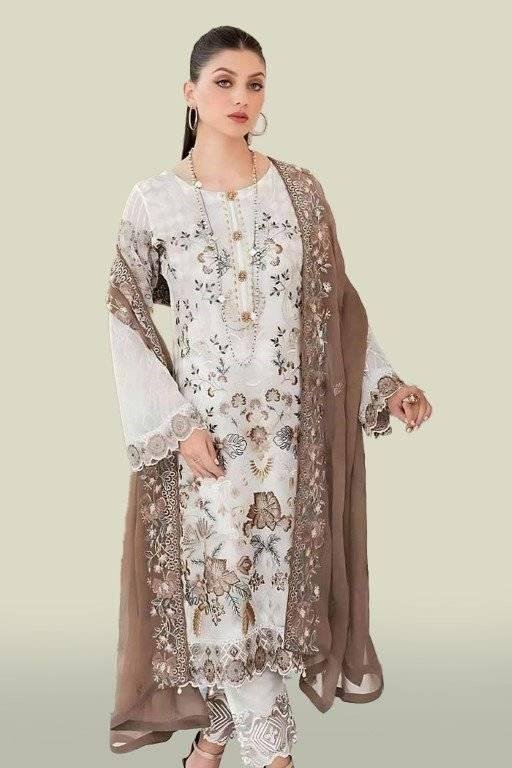The Rich History of Dhaka Fabric
Dhaka fabric, renowned for its intricate designs and superior craftsmanship, boasts a rich history that dates back to the ancient Dhaka region, now situated in Bangladesh. Initially celebrated for its lightweight and fine texture, Dhaka fabric has been an integral part of the region’s cultural and economic landscape for centuries.
The origins of Dhaka fabric can be traced to the Mughal era, when it garnered the attention of the royal court. Known for its exquisite quality, the fabric quickly became a symbol of prestige and was often gifted to royalty and dignitaries. During this period, Dhaka fabric was not only a commodity but also a work of art, with artisans dedicating years to mastering the intricate weaving techniques that characterized this textile.
Throughout history, Dhaka fabric has been prominently featured in traditional garments such as saris and lungis. These garments are not merely everyday attire but often hold ceremonial significance. Dhaka saris, for instance, are commonly worn during weddings and religious festivals, symbolizing purity and grace. The fabric’s unique patterns and meticulous craftsmanship make it a cherished heirloom passed down through generations.
Moreover, the prominence of Dhaka fabric extended beyond local borders, making it a significant player in ancient trade routes. Merchants from various regions sought this exquisite textile, which led to its widespread acclaim and demand. This trade not only boosted the local economy but also facilitated cultural exchanges, integrating diverse artistic influences into Dhaka fabric designs.
The socio-economic impact of Dhaka fabric on local communities has been profound. Weaving has provided livelihoods for countless artisans, fostering a sense of pride and identity within these communities. Despite the challenges posed by modernization and industrialization, efforts to preserve and promote traditional Dhaka fabric continue, ensuring that this timeless craft remains an enduring testament to the region’s rich heritage.
The Art and Craft of Weaving Dhaka Fabric
The creation of Dhaka fabric is a testament to the intricate craftsmanship that has been honed over generations. This traditional textile, originating from Nepal, is renowned for its unique patterns and motifs, which are meticulously woven by skilled artisans using handloom techniques. These artisans, often working within familial guilds, pass down their knowledge and expertise from generation to generation, ensuring the preservation of this cultural heritage.
At the heart of Dhaka fabric weaving is the handloom, a simple yet powerful tool that allows weavers to craft complex designs. The process begins with the selection of high-quality materials, typically fine cotton or silk. These materials are chosen for their durability and ability to take on vibrant dyes. The dyeing process itself is a crucial step, involving the use of natural and synthetic dyes to achieve the distinctive, vivid colors characteristic of Dhaka fabric. Each color is carefully applied to create intricate geometric patterns, floral motifs, and other traditional designs that reflect the rich cultural tapestry of the region.
Once dyed, the threads are meticulously woven into fabric on handlooms. This labor-intensive process requires immense patience, precision, and a deep understanding of the craft. Weavers must pay close attention to the alignment of threads and the consistency of the weave to ensure that the patterns emerge clearly and consistently. The resulting fabric is not only a work of art but also a symbol of the weaver’s dedication and skill.
Despite the challenges posed by modern industrialization and the proliferation of mass-produced textiles, the traditional methods of weaving Dhaka fabric continue to thrive, albeit with some contemporary adaptations. Many artisans are now integrating modern fashion trends into their designs, creating Dhaka fabric garments that appeal to a broader audience while still maintaining the essence of their craft. This fusion of tradition and modernity helps sustain the art of Dhaka weaving, ensuring its relevance and vitality in today’s fashion landscape.
The journey of creating Dhaka fabric is a celebration of artistry, tradition, and resilience. It is a testament to the enduring spirit of the weavers who, through their dedication and craftsmanship, continue to breathe life into this timeless textile.






